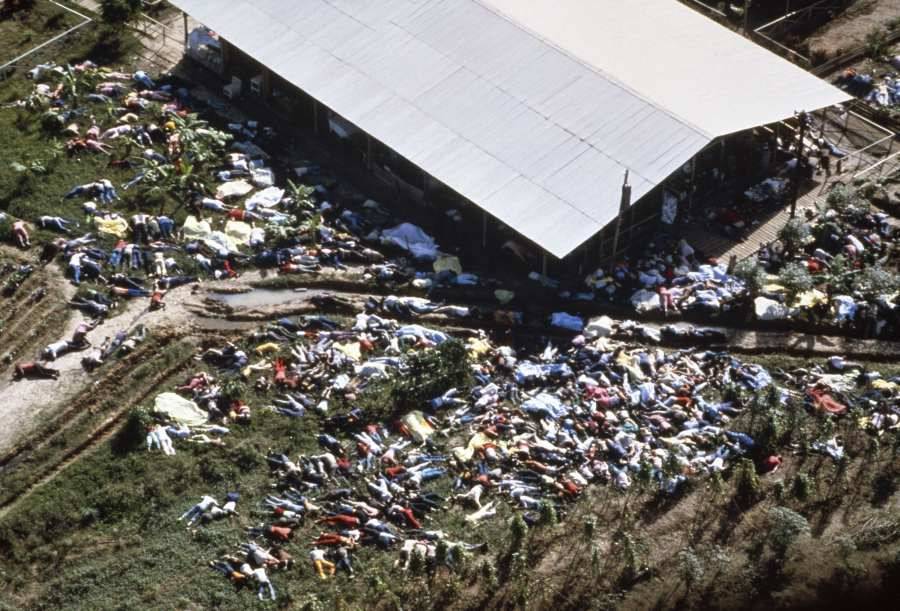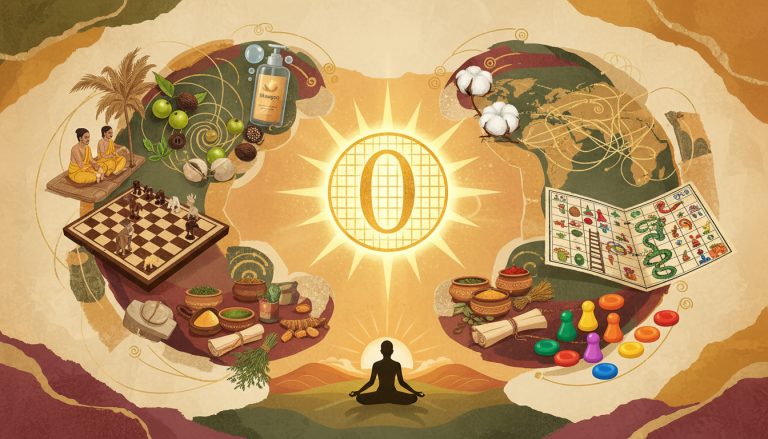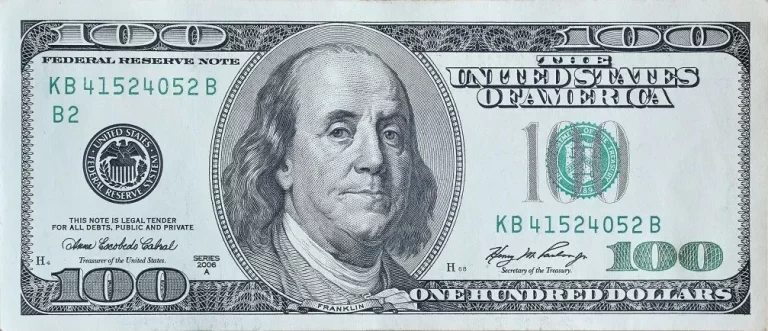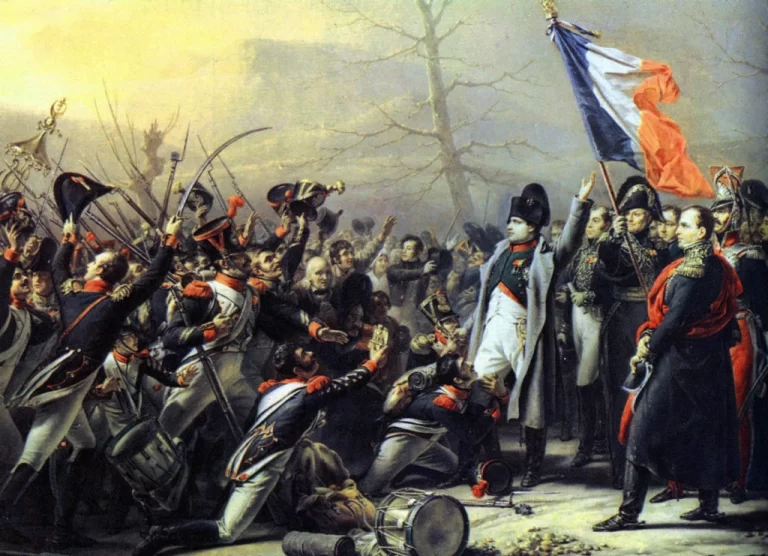In November 1978, a shocking event known as the Jonestown Massacre unfolded in the remote jungles of Guyana. Over 900 members of the Peoples Temple, a religious group led by Jim Jones, died in what was initially reported as a mass suicide.
This tragic incident remains one of the most haunting examples of the dangers of cults and blind obedience.
The Jonestown Incident
The Jonestown incident took place on November 18, 1978. Jim Jones, the leader of the Peoples Temple, convinced his followers to drink a cyanide-laced beverage. This event was the culmination of a series of manipulative and controlling behaviors by Jones, who had promised his followers a utopian society free from oppression and racism.
Instead, they found themselves in a nightmare scenario, isolated from the outside world and subjected to Jones’s increasingly erratic and paranoid commands.
Survivors and Their Letters
While most of the community perished, a few survivors managed to escape. Their testimonies and letters found later provide a glimpse into the horrific conditions in Jonestown.
Many survivors described the fear and pressure they felt leading up to that fateful day. Letters from some of the deceased revealed their internal struggles, with some expressing doubts about Jones’s leadership and the direction the commune was heading.
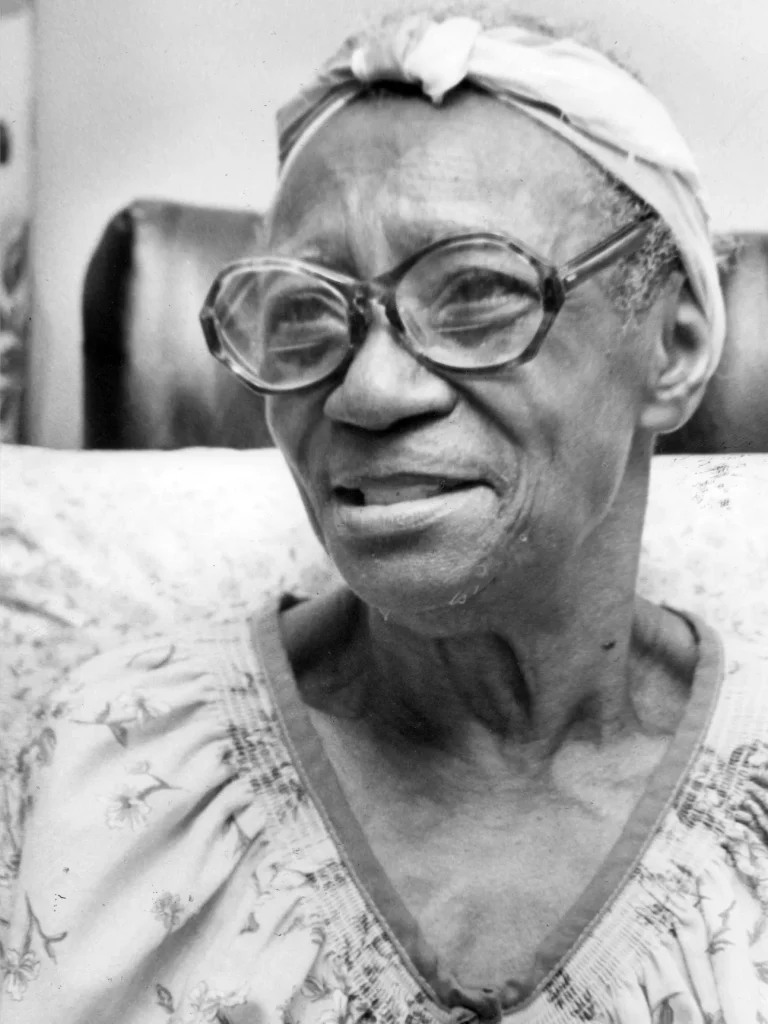
One notable survivor, Hyacinth Thrash, an elderly African-American woman, slept through the horrific events in her cabin. The next morning, she ventured to a senior citizens’ building, where she was met with the sight of bodies covered in sheets, including that of her sister, Zipporah Edwards.
In her memoir, The Onliest One Alive (1995), Thrash recounted, “All those bodies were being bagged… people I knew and loved… I never wanted to come to Guyana to die… I couldn’t believe Jim would do something like this. He truly let us down.”
Jim Jones and His Childhood
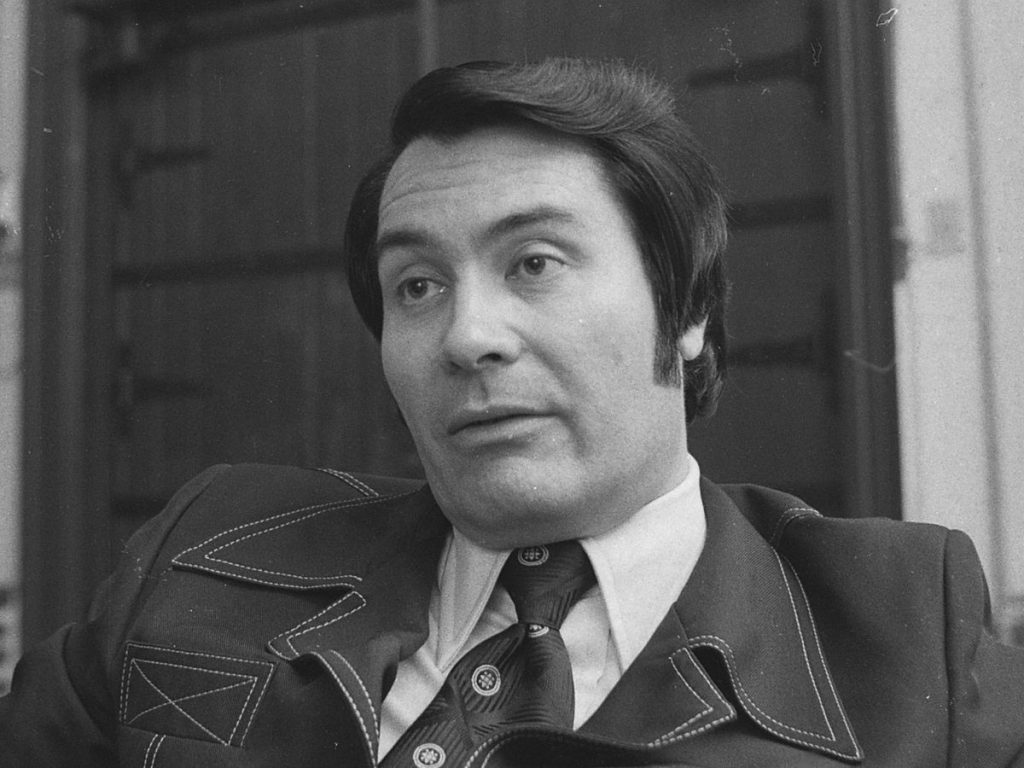
Many have questioned how Jim Jones, a man who once preached racial and social equality, could become so bitter. According to Tim Reiterman in Raven, Jones’ need for control, deceitful nature, and anger towards those who betrayed or abandoned him can be traced back to his childhood in Indiana.
As a child, Jones was a loner who entertained his friends in the loft of his family’s barn, sometimes even locking them inside. He conducted experiments on animals and held funerals for them.
In the 2006 documentary Jonestown: The Life and Death of Peoples Temple, Jones’ childhood friend Chuck Wilmore recalled, “I thought Jimmy was a really strange kid. He was obsessed with religion and death. A friend once told me he saw Jimmy kill a cat with a knife.”
Jeff Guinn’s book, The Road to Jonestown, also highlighted Jones’ early fascination with Adolf Hitler. Guinn wrote, “When Hitler committed suicide in April 1945, avoiding capture and humiliation by his enemies, Jimmy was impressed.”
Mass Suicide or Murder?
There is still debate over whether the Jonestown deaths should be classified as mass suicide or murder. While many followers willingly drank the poison, others were forced.
Jones had created an environment of fear and control, where protest was not tolerated, and punishment was severe. The presence of armed guards and evidence of forced poisonings suggest that not all the deaths were voluntary. This distinction is crucial in understanding the full scope of the tragedy.
Aftermath and Impact
Following Jonestown, former Temple members – including those who had lost loved ones – initially struggled to resume their lives. Others faced their own personal tragedies after the event.
- In 1979, Mike Prokes, who was the media relations officer for the Temple and managed to escape the Jonestown massacre, held a press conference in a California motel. During the event, he defended the Temple, but shortly after, he retreated to the bathroom and took his own life with a gunshot to the head.
- In 1980, Al and Jeannie Mills, a couple who were vocal defectors and critics of Jim Jones, were discovered murdered in their home in Berkeley, California. The case remains unsolved.
- Three years later, Paula Adams, a former Temple staffer, and her child were killed by her ex-lover, Laurence Mann, a former Guyanese ambassador to the U.S., who then committed suicide.
- In 1984, Tyrone Mitchell, who had lost his family in Jonestown, opened fire at a schoolyard in Los Angeles, resulting in one fatality and more than ten injuries before he ended his own life.
- Chad Rhodes, whose mother Juanita Bogue was pregnant with him during Jonestown, was later convicted of killing a police officer in Oakland in 1999. As Jonestown’s 30th anniversary approached, Rhodes was reportedly serving a life sentence without the possibility of parole.
The Jonestown incident remains one of the most tragic events in modern history. Over 900 lives were lost in a single day due to the manipulative power of one man. The survivors’ stories and the letters left behind paint a picture of fear, control, and desperation.
Jim Jones’s early life and rise to power demonstrate how a charismatic leader can lead followers down a dangerous path. Whether viewed as mass suicide or murder, the Jonestown Massacre is a stark reminder of the potential for human tragedy when power is abused.
Understanding these events is crucial in preventing similar tragedies in the future. The Jonestown Massacre serves as a somber lesson on the dangers of blind obedience and the importance of questioning leadership.

